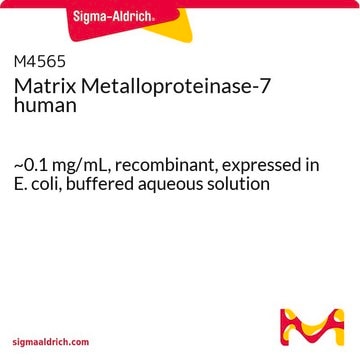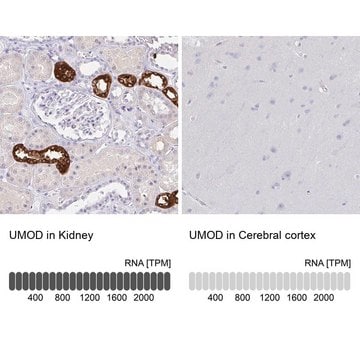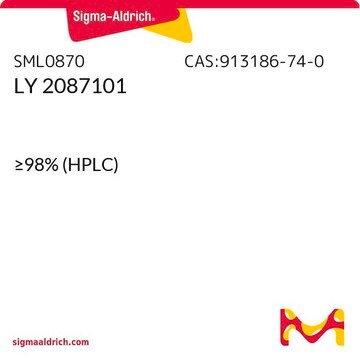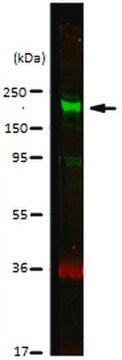MAB5260
Anti-Nerve Growth Factor Antibody, clone 27/21
clone 27/21, Chemicon®, from mouse
Synonym(s):
NGF
About This Item
Recommended Products
biological source
mouse
Quality Level
antibody form
purified immunoglobulin
antibody product type
primary antibodies
clone
27/21, monoclonal
species reactivity
human, rat, mouse, bovine
manufacturer/tradename
Chemicon®
technique(s)
ELISA: suitable
isotype
IgG1
NCBI accession no.
UniProt accession no.
shipped in
wet ice
target post-translational modification
unmodified
Gene Information
human ... NTF3(4908)
Specificity
The antibody specifically reacts with the beta -subunit of NGF from mouse, in the 2.5S- as well as in the 7S-form.
The cross-reactivity with human NGF is 60-90 % of the reactivity with mouse NGF
Immunogen
Application
Optimal working dilutions must be determined by end user.
Neuroscience
Neurochemistry & Neurotrophins
Physical form
Storage and Stability
Legal Information
Disclaimer
Not finding the right product?
Try our Product Selector Tool.
Signal Word
Danger
Hazard Statements
Precautionary Statements
Hazard Classifications
Acute Tox. 3 Dermal - Acute Tox. 4 Inhalation - Acute Tox. 4 Oral - Aquatic Chronic 2
Storage Class Code
6.1C - Combustible acute toxic Cat.3 / toxic compounds or compounds which causing chronic effects
WGK
WGK 3
Certificates of Analysis (COA)
Search for Certificates of Analysis (COA) by entering the products Lot/Batch Number. Lot and Batch Numbers can be found on a product’s label following the words ‘Lot’ or ‘Batch’.
Already Own This Product?
Find documentation for the products that you have recently purchased in the Document Library.
Our team of scientists has experience in all areas of research including Life Science, Material Science, Chemical Synthesis, Chromatography, Analytical and many others.
Contact Technical Service










